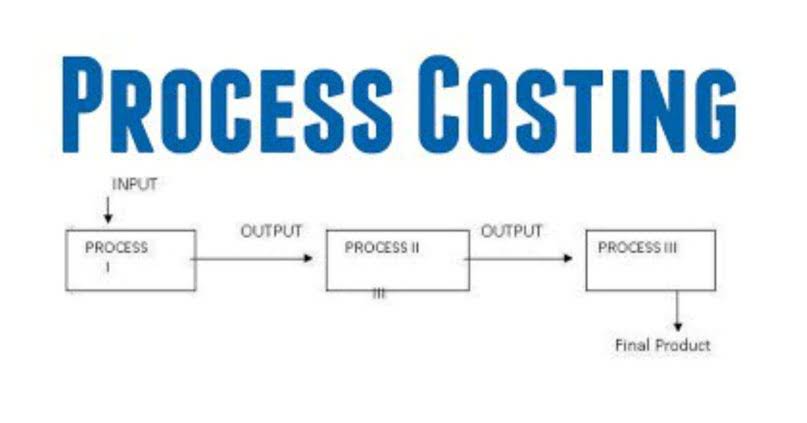Ted decides it makes the most financial sense for Speakers, Inc. to buy a building. Since Speakers, Inc. doesn’t have $500,000 in cash to pay for a building, it must take out a loan. Speakers, Inc. purchases a $500,000 building by paying $100,000 in cash and taking out a $400,000 mortgage. This business transaction decreases assets by the $100,000 of cash disbursed, increases assets by the new $500,000 building, and increases liabilities by the new $400,000 mortgage. If we refer to any balance sheet, we can realize that the assets and liabilities and the shareholder’s equity are represented as of a particular date and time. Hence, as of January 15, only three accounts exist with a balance – Cash, Furniture A/C, and Service Revenue (the rest get net off during the period of the whole transaction by January 15).
Do you already work with a financial advisor?
The claims to the assets owned by a business entity are primarily divided into two types – the claims of creditors and the claims of owner of the business. In accounting, the claims of creditors are referred to as liabilities and the claims of owner are referred to as owner’s equity. In this form, it is easier to highlight the relationship between shareholder’s equity and debt (liabilities). As you can see, shareholder’s equity is the remainder after liabilities have been subtracted from assets. This is because creditors – parties that lend money such fundamental accounting equation as banks – have the first claim to a company’s assets.
- The total dollar amounts of two sides of accounting equation are always equal because they represent two different views of the same thing.
- Or in other words, it includes all things of value that are used to perform activities such as production and sales.
- This formula differs from working capital, based on current assets and current liabilities.
- The fundamental components of the accounting equation include the calculation of both company holdings and company debts; thus, it allows owners to gauge the total value of a firm’s assets.
- It can be defined as the total number of dollars that a company would have left if it liquidated all of its assets and paid off all of its liabilities.
Accounting Equation Examples
It is sometimes called net assets, because it is equivalent to assets minus liabilities for a particular business. ” The answer to this question depends on the legal form of the entity; examples of entity types include sole proprietorships, partnerships, and corporations. A sole proprietorship is a business owned by one person, and its equity would typically consist of a single owner’s capital account.
Balance Sheet and Income Statement
This article gives a definition of accounting equation and explains double-entry bookkeeping. We show formulas for how to calculate it as a basic accounting equation and an expanded accounting equation. The accounting equation is https://www.bookstime.com/ important because it allows the business or entity to correctly record transactions and, therefore, maintain their financial statements. The accounting equation is not always accurate if it is unbalanced. This can lead to inaccurate reporting of financial statements and incorrect decisions made by management regarding money and investment opportunities.
- This is the amount of money shareholders have contributed to the company for an ownership stake.
- Further, creating financial statements has become considerably easier thanks to the software, which lets you draft balance sheets, income statements, profit and loss statements, and cash flow statements.
- If the left side of the accounting equation (total assets) increases or decreases, the right side (liabilities and equity) also changes in the same direction to balance the equation.
- Essentially, the representation equates all uses of capital (assets) to all sources of capital, where debt capital leads to liabilities and equity capital leads to shareholders’ equity.
For the past 52 years, Harold Averkamp (CPA, MBA) retained earnings hasworked as an accounting supervisor, manager, consultant, university instructor, and innovator in teaching accounting online. He is the sole author of all the materials on AccountingCoach.com. The 500 year-old accounting system where every transaction is recorded into at least two accounts. For the past 52 years, Harold Averkamp (CPA, MBA) has worked as an accounting supervisor, manager, consultant, university instructor, and innovator in teaching accounting online.
- This business transaction increases company cash and increases equity by the same amount.
- So, let’s take a look at every element of the accounting equation.
- The impact of this transaction is a decrease in an asset (i.e., cash) and an addition of another asset (i.e., building).
- In other words, this equation allows businesses to determine revenue as well as prepare a statement of retained earnings.
- Whatever happens, the transaction will always result in the accounting equation balancing.
 المجلس العلمي المحلي الناظور بسم الله مجراها ومرساها
المجلس العلمي المحلي الناظور بسم الله مجراها ومرساها 





